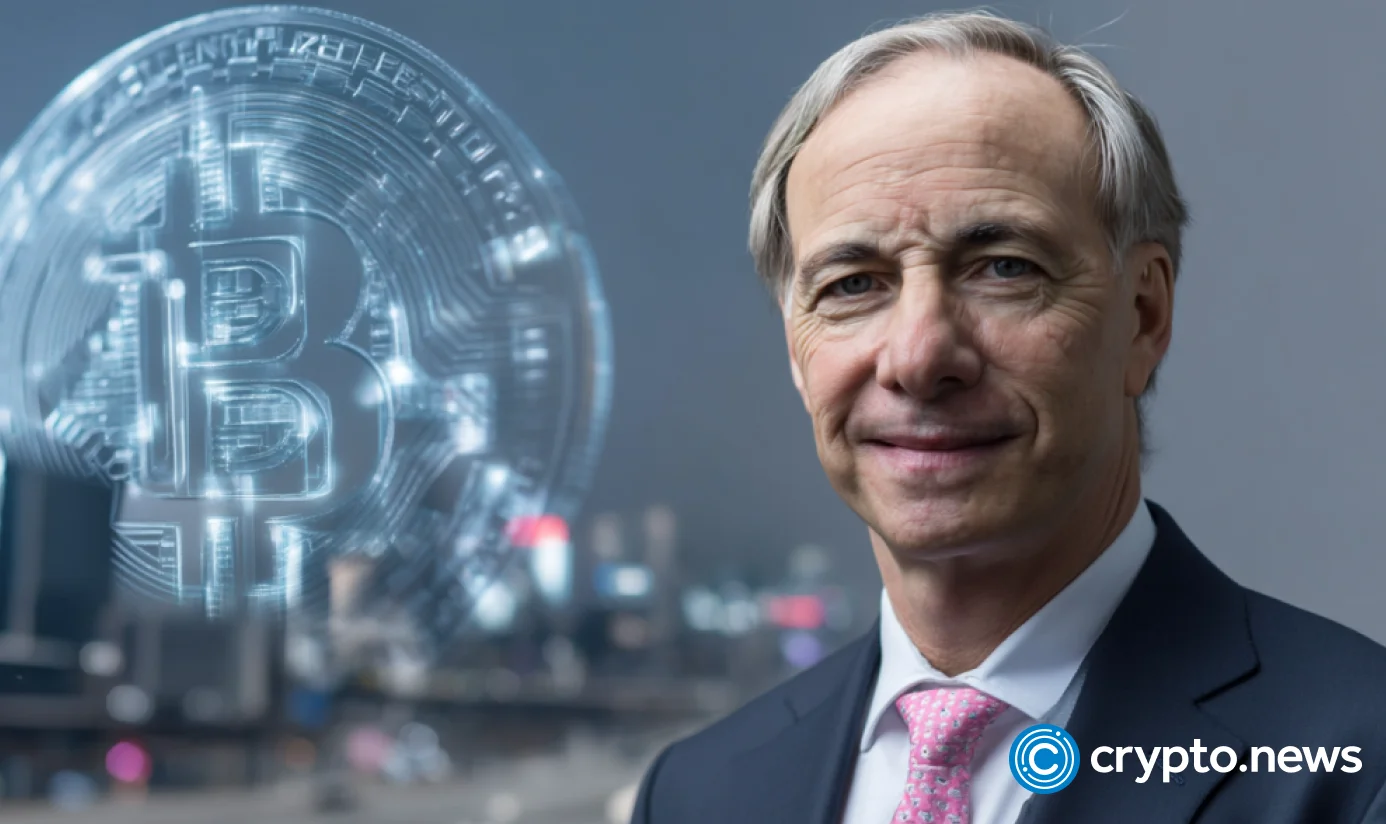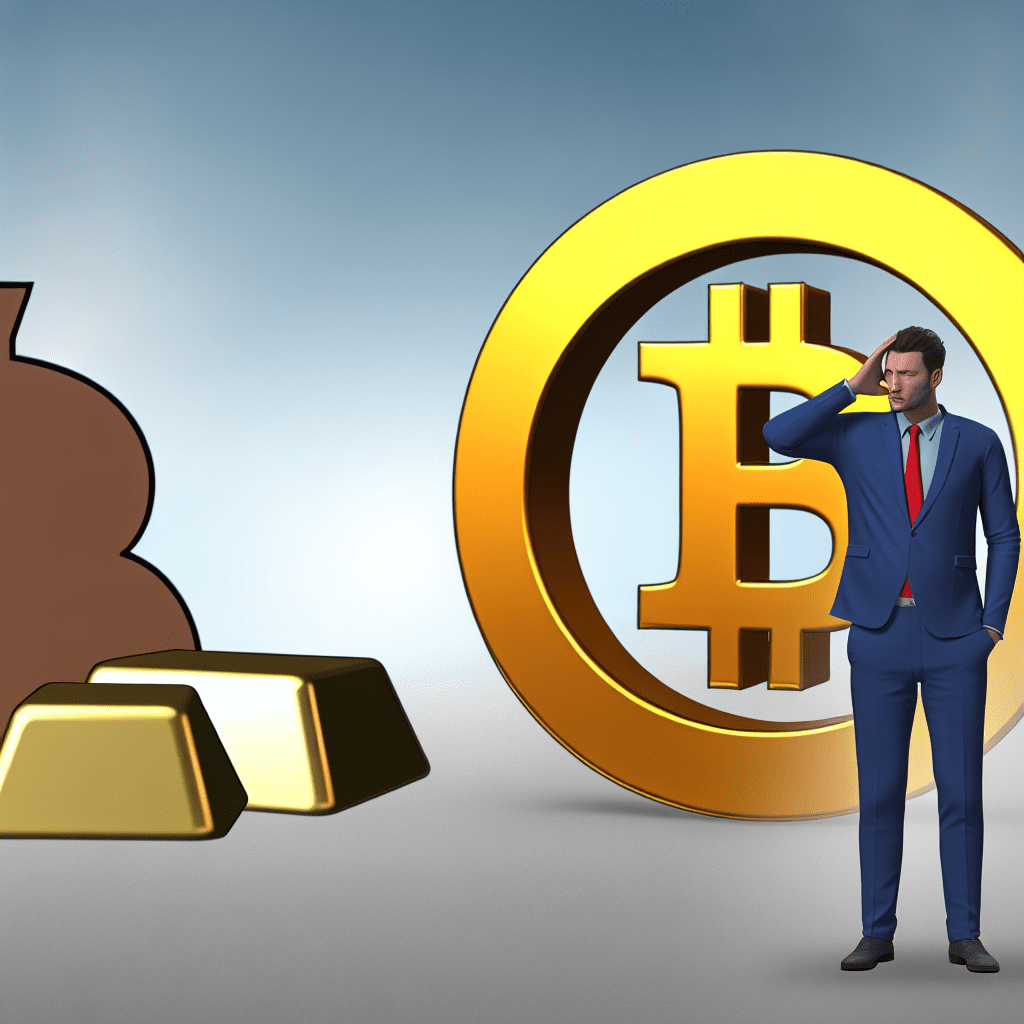
Ray Dalio expressed skepticism about Bitcoin’s potential as a “reserve currency” for central banks. What are his concerns?
Summary
- Dalio has raised doubts about Bitcoin’s function as a “reserve currency,” highlighting its uncertain store of value and issues of transparency and resilience.
- His insights hold significant weight due to Bridgewater’s international prominence and his expertise in debt cycles, systemic risks, and the evolution of reserve currencies.
- Dalio has evolved from labeling Bitcoin a bubble in 2017 to seeing it as an alternative asset to gold, although he still prefers gold as a hedge.
- Most central banks maintain reserves in dollars, euros, and gold, while Bitcoin holdings primarily arise from seizures, with strategic reserves still in preliminary phases.
Ray Dalio’s cautious Bitcoin comments
On October 2, billionaire hedge fund manager Ray Dalio shared a post on X, clarifying his cautious viewpoint on Bitcoin’s place in the monetary system.
He stated that “money needs to be both a medium of exchange and a store of wealth — with the latter being the priority,” emphasizing that Bitcoin has yet to validate this function.
Dalio remarked, “I doubt that any central bank will adopt it as a reserve currency,” citing Bitcoin’s (BTC) transparency as a primary concern.
He elaborated on this through two key points. The first concerns transparency; Bitcoin’s blockchain permanently records all transactions on a public ledger. While this is often highlighted as a safeguard against fraud, he believes it could be a liability for state entities.
Central banks depend on discretion when adjusting reserves, allocating capital, or engaging in market interventions. He wrote that “a fully public ledger would reveal actions that governments may not want exposed.”
His second concern was resilience. He suggested that “government control could make the code less effective,” indicating both technical vulnerabilities and regulatory risks.
While Bitcoin’s cryptographic framework has endured for 15 years, he remarked that uncertainty over its vulnerabilities, forks, or potential government restrictions undermines its reliability as a reserve management foundation.
Moreover, volatility persists as a major hindrance. Data from CoinMetrics shows that Bitcoin’s 1-year annualized volatility has remained around 40–50%, significantly higher than gold, which has typically ranged between 10–17% annually over long periods.
Historical data indicates gold’s average volatility is near 15–16%. Short-term metrics like the CBOE Gold Volatility Index often fluctuate around 19–20%. Conversely, the U.S. dollar index tends to move within a much narrower range, generally in single digits.
This disparity diminishes Bitcoin’s attractiveness as a dependable store of value or reserve asset for central banks, where wealth preservation necessitates lower volatility and greater predictability.
Despite his reservations, Dalio acknowledged owning a small amount of Bitcoin. This aligns with his 2021 perspective, where he referred to it as “a long-duration option on a highly uncertain future,” suggesting limited exposure within a diversified portfolio.
Gold first, Bitcoin second
Dalio’s perspectives on Bitcoin resonate deeply within global finance. A New York native born in 1949, he founded Bridgewater Associates in 1975, transforming it into one of the largest hedge funds, managing over $150 billion at its height.
His “Pure Alpha” and “All Weather” strategies, complemented by his research on long-term debt cycles, have given him considerable authority that extends beyond Wall Street.
His books, *Principles* (2017), detailing his management philosophy, and *The Changing World Order* (2021), exploring the rise and fall of empires through debt, trade, and reserve currencies, have established him as a thought leader on systemic risks and monetary history.
Even after stepping down as co-CIO in 2022, his insights continue to influence central banks, sovereign wealth funds, and institutions managing trillions.
When Dalio speaks on Bitcoin, global policymakers and investors consider his insights as indicators of what prerequisites are necessary for the asset to attain mainstream acceptance.
His perspective on Bitcoin has evolved over time. Back in 2017, as Bitcoin surged past $4,000, he told CNBC that it was “a bubble” and “largely speculative.”
By late 2020, his skepticism was softening. In November, he acknowledged on Twitter that he “might be overlooking something about Bitcoin” and invited others to challenge his views.
In January 2021, Dalio published a comprehensive essay via Bridgewater titled ‘What I Think of Bitcoin.’ He described it as “an extraordinary invention” and recognized that after ten years, it was “likely to endure.”
He positioned it as an “alternative to gold” in an environment where monetary expansion and fiscal irresponsibility were driving mistrust in fiat currencies. At the Consensus conference in May 2021, he revealed, “I own some Bitcoin.”
By 2022, his views transformed into practical advice for investors. In interviews, he proposed that portfolios might reasonably include 1–2% in Bitcoin, akin to the way gold is used as a hedge.
At Abu Dhabi Finance Week in late 2024, Dalio made a deeper analogy, expressing a preference for “hard money” assets like gold and Bitcoin over government bonds, which he regarded as weakened by high levels of sovereign debt.
As U.S. debt-servicing costs hit record highs in mid-2025, he reiterated this viewpoint in interviews with Business Insider, advising investors to allocate around 15% of their portfolios in hard money assets, splitting the exposure between gold and Bitcoin.
Nonetheless, he clarified his hierarchy. Gold, with its 5,000-year legacy, remained his top choice, while Bitcoin’s persistent existence was viewed as a significant development but still ranked second.
The lengthy path from speculation to reserve status
In evaluating whether Bitcoin can be on par with traditional reserve assets, the most apparent comparison comes from the holdings of central banks.
In 2025, global reserve portfolios continue to focus on familiar instruments: foreign exchange dominated by the U.S. dollar, sovereign bonds, the euro, gold, and special drawing rights.
The dollar remains dominant, representing roughly 57% of global foreign exchange reserves by the second quarter of 2025, even as surveys indicate central banks anticipate a slight decline in its share over the next five years.
According to the 2025 Central Bank Gold Reserves Survey, participants expressed stronger intentions to increase gold reserves, with some also planning to enhance their euro and renminbi holdings.
Gold remains the traditional reserve foundation. Data from the World Gold Council in May 2025 shows that central banks collectively control between 36,000 and 37,000 tonnes, with the U.S. holding 8,133.46 tonnes.
Gold’s attractiveness lies not in fast appreciation, but in its durability, liquidity, and universal recognition, which enables it to serve as collateral and emergency support during crises.
In contrast, Bitcoin’s standing is distinct. Estimates for 2025 suggest that governments collectively hold about 463,000 BTC, representing roughly 2.3% of the total supply.
The largest holder is the U.S., with around 207,000 BTC mainly acquired through Department of Justice seizures. China possesses about 194,000 BTC from confiscated assets, followed by the United Kingdom with around 61,000 BTC, Ukraine with approximately 46,000 BTC, and Bhutan with nearly 13,000 BTC from state-related mining projects.
These holdings are not driven by formal central bank strategies; they predominantly arise from enforcement actions or unique governmental trials.
Recent developments indicate that discussions on strategic reserves are emerging. In mid-2025, reports confirmed that the U.S. established a Strategic Bitcoin Reserve jointly managed by the Treasury and Justice Department, preserving confiscated Bitcoin instead of liquidating it.
El Salvador, Bhutan, and Argentina have also integrated Bitcoin into national policies, either via formal reserve mechanisms or mining initiatives. However, these actions are still largely politically motivated and far removed from mainstream practices of leading central banks.
The difference in dimensions remains significant. U.S. gold reserves alone surpass the total value of government-held Bitcoin at current market rates, and fiat reserves amount to tens of trillions globally.
Bitcoin’s limited supply and borderless nature are qualities that attract certain policymakers, but its volatility, regulatory uncertainties, and lack of sovereign-level liquidity support still prevent it from qualifying as a reserve-grade asset.
Thus, Dalio’s skepticism is grounded in tangible realities. Central banks define reserves based on durability, discretion, and systemic reliability—criteria that Bitcoin has yet to satisfy.
While the idea of national Bitcoin reserves is starting to gain traction, the transition from seizure-based holdings to intentional policy allocation is still a long way off.
For now, Bitcoin is positioned more as a speculative hedge and an evolving financial instrument rather than as one of the established cornerstones of the global reserve system.

